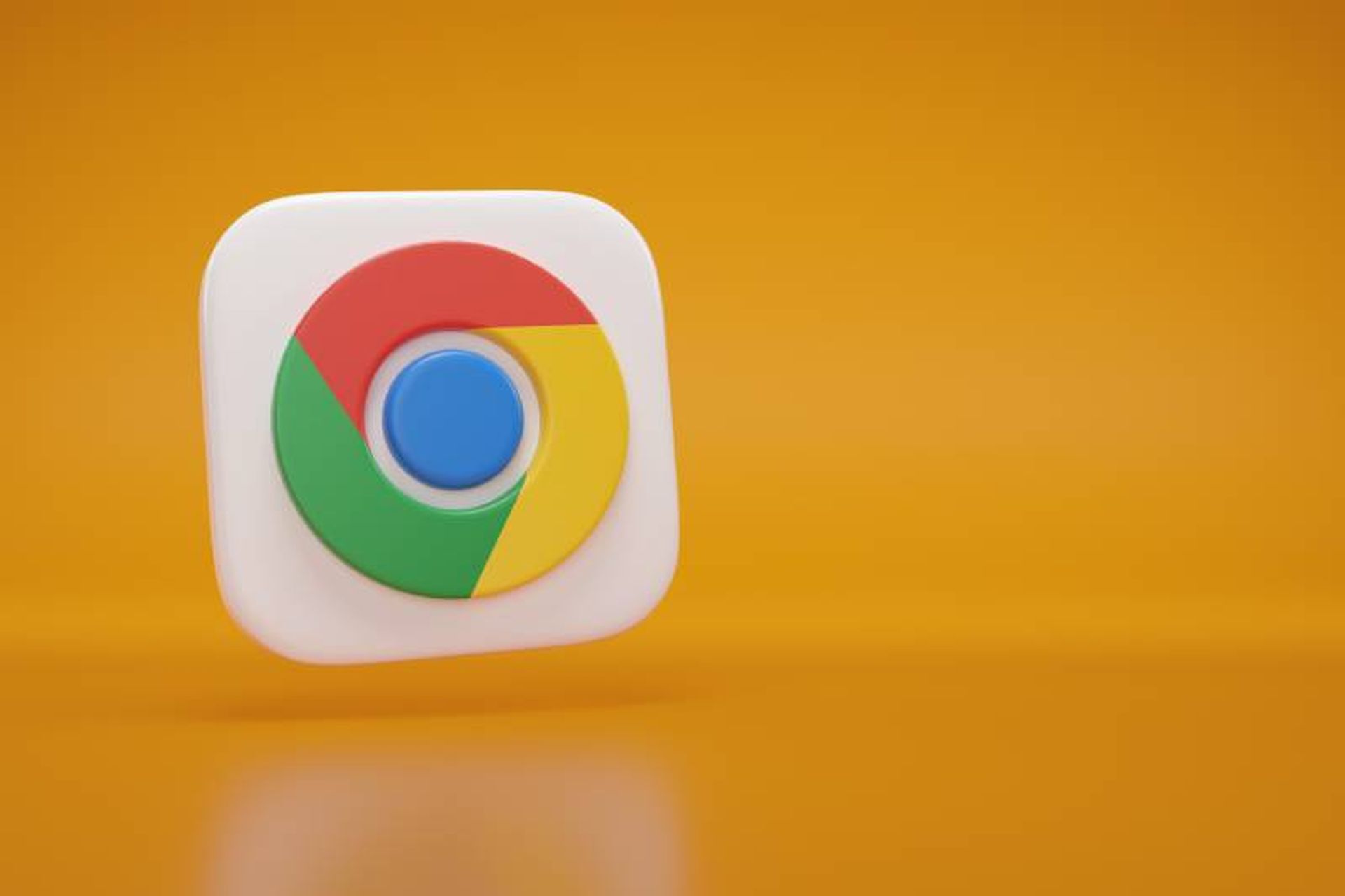I recently attended IoT World (May 11-13, Santa Clara, Calif.). As you might expect, there was a lot of energy at the event, and enthusiasm for IoT. And it was well-attended, with reportedly more than 10,000 people expected over the course of the three days of the exhibition.
It's hard to pick out a central theme that emerged, however, here are a few thoughts that I took away from my time at the event:
The IoT ecosystem is large, and diverse
This should come as no surprise, but IoT World reinforced the notion of a diverse, and large ecosystem. A broad spectrum of firms was represented in the keynotes, tracks and exhibits. Companies big and small, young and old were all represented. You had giants such as Hitachi — which used the event to formally announce the creation of Hitachi Insight Group, an organization dedicated to accelerating IoT both within Hitachi and for its customers. And you had other large companies such as Microsoft, SAP and AT&T, all discussing their existing IoT solutions and strategies.
At the same time, there were plenty of startups and emerging firms, with the requisite intriguing names — such as Electric Imp and Buddy (a gold star goes to Buddy for the more innovative IoT demo on the show-floor: they set up a Lego Smart City, complete with a variety of sensors, to demonstrate how their platform works. It certainly generated a bit of buzz and a lot of foot traffic to their booth). And you also had companies who have been in the IoT space a long time, albeit under-the-radar: companies such as Aeris, who have been doing Machine-to-Machine solutions such as fleet management and asset tracking going back to analog cellular network days.
The IoT ecosystem is in danger of confusing the heck out of everyone
The second observation is this: it’s also a potentially confusing ecosystem. It seems everyone and their mother has an IoT platform. The countless companies using the term IoT platform has rendered it virtually meaningless. It’s the same with analytics. Because data is so crucial to IoT solutions, almost every vendor claims they do some form of analytics in their IoT product/solution/platform. But exactly what they do, and how they do it is unclear.
Some of this confusion is due to the immaturity of the market. There’s a certain amount of white-washing occurring in marketing messages as vendors are still evolving their strategies and products. But it’s definitely not helpful for organizations looking to invest in IoT-related technologies, since they’re left to sort out what’s real and what’s vaporware. In fact, the most refreshing briefings I had at the event were those where vendors where clear in what they did — and most importantly, what they didn’t do.
We need to get under the hood of real-world IoT implementations
The last takeaway for me was the unfortunate lack of real-world IoT implementation examples. By now, we all know the potential for IoT, and there was no lack of vendors talking about use cases or the potential for business transformation. What was missing, however, were organizations talking about IoT solutions that they’ve launched themselves. And that’s a shame, since we need to hear not only about the real-world benefits of IoT, but how organizations have solved the technology complexity associated with building out solutions. There are a lot of pilots, a lot of high-level examples, but the industry is in danger of getting stuck in the hype of IoT versus what it really means for enterprises. We need to start getting under the hood to understand more clearly how IoT solutions are being built, what components and value-chain partners are being put together.
These observations may seem a bit negative, and I don't want to leave the impression that it was a frustrating experience at IoT World. Overall, I really enjoyed meeting new companies and speaking with other people as excited about IoT as I am. As I mentioned, there's plenty of enthusiasm, and the investments being made in IoT by large ecosystem vendors is a positive sign for the market. However, I'm looking forward to seeing how the ecosystem further to make it easier for buyers to understand how technologies can be combined to make IoT solutions come to life.
Gene Signorini is a senior analyst at ESG, focusing on the emerging Internet of Things (IoT) market, as well as disruptive mobile technologies and applications. Read more ESG blogs here.





